Pale Saki: Predators Don't Like These Primates (8 photos)
The pale, or white-headed saki (Latin: Pithecia pithecia), is a species of primate from the saki family. The natural enemies of the white-headed saki are large cats and others. When they see them, the primates begin to make sharp and loud sounds, depriving the predator of the opportunity to catch anyone. 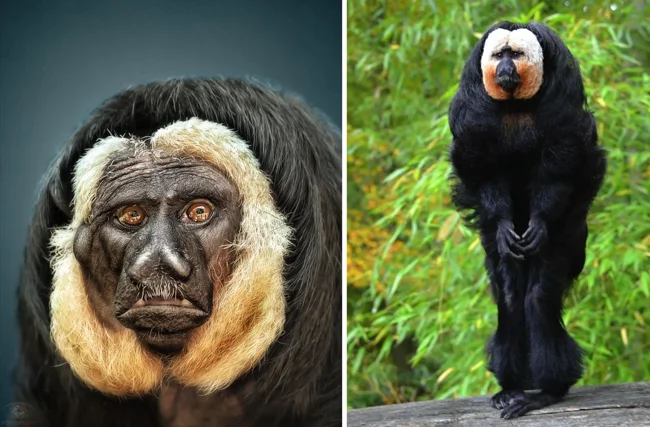
If you are that noisy neighbor who starts repairs at 6 am and throws a rave after 10 pm, there is a great place where you will be understood and accepted! Move to the jungles of South America. No, not so that you can be eaten by jaguars and bitten by poisonous snakes (although, who knows?). It's just that here individuals with no sound barriers are treated with love. The pale saki will not let you lie.
The pale, white-headed, or Guianan saki is a very loud and extremely woolly representative of the parvoorder of broad-nosed primates of the New World. He is almost like that chick from a fashion boutique: all in luxury furs, but if you touch him, he will scream at the top of his lungs. But that is what they value him for! 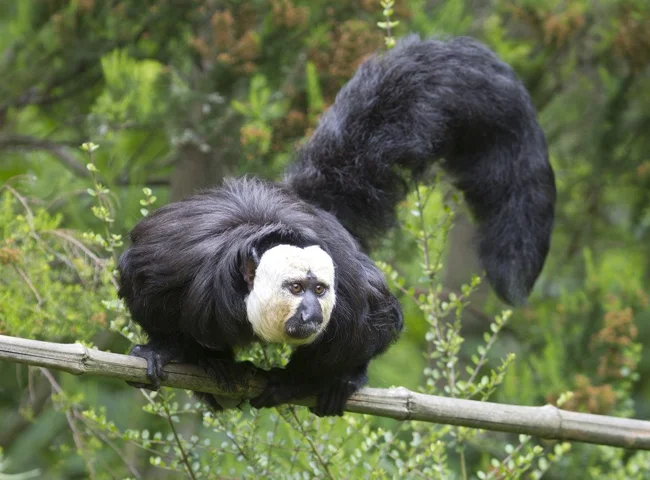
As soon as one saki notices a predator in the face of a jaguar, boa constrictor, ocelot or someone else, he immediately turns on the alarm and starts screaming furiously. Then the screams are picked up by other members of the pack, then by monkeys from neighboring groups. The whole forest stands on its ears in a chain! The screams can last from several minutes to an hour and a half. Because of this, ambush predators have no chance at all to catch their prey! 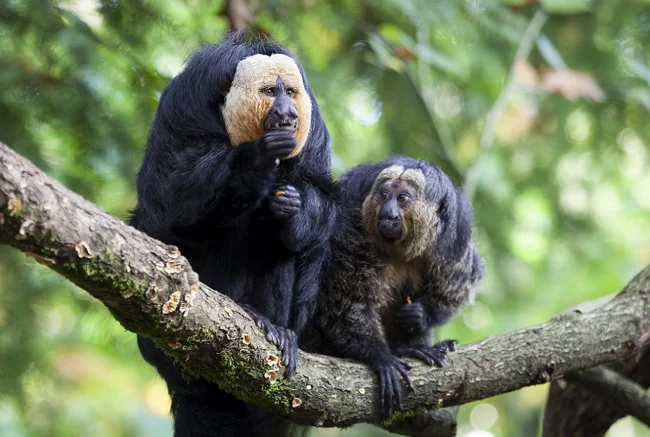
But no one in the jungle complains about this! Thanks to the loud cries, all the animals in the area immediately know about the impending threat. In fact, pale saki are an alarm for predators! So, living next to a primate may not be very comfortable, but it is extremely safe! 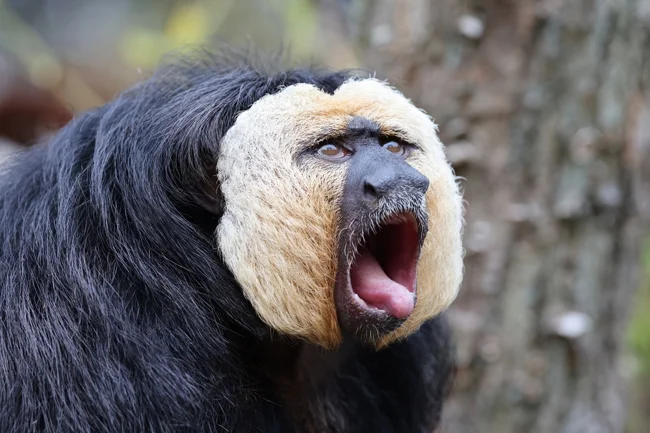
But when danger threatens from above, the pale monkeys sit lower than the grass and are quieter than water. The main hunters of the noisy primates are the celestial meat-eaters. More precisely, large birds of prey: falcons, hawks, harpies. 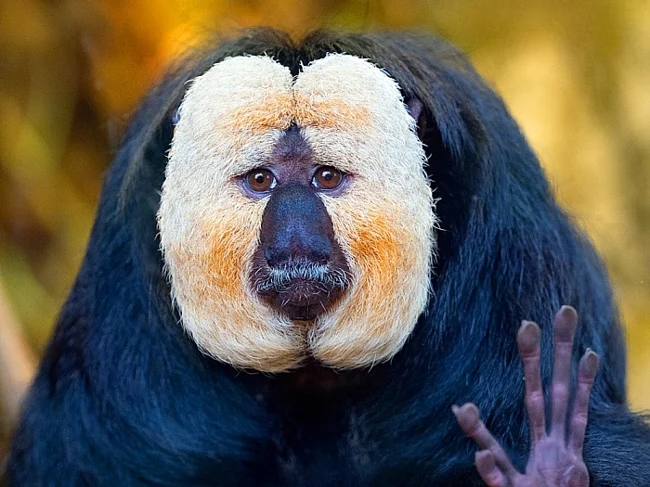
It is generally difficult to notice the loudspeakers until they themselves make a sound. The thick black fur of the males and the gray-brown coat of the females perfectly hides the animals in the shade of the tree crowns. In addition, the monkeys themselves are small. Do not look at the voluminous fur - the largest sako-men gain only up to 2.8 kilograms, sako-females - 1.7 kilograms. This is smaller than a domestic cat! 
In their free time from vigilance over the surrounding environment, saki look for delicacies. Flowers, buds, fruits, berries will do. In the absence of this, saki catch insects and bats. But the monkeys' favorite delicacy is nuts and fruit pits. Thanks to their powerful fangs, primates, like nutcrackers, can break the shell in one bite! 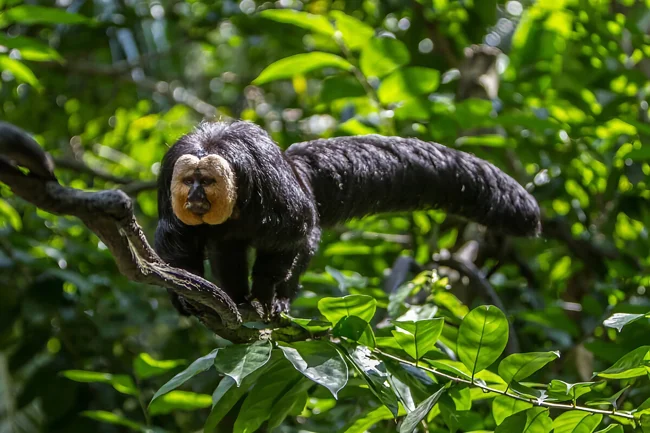
By spring, the animals try to gain more fat, because the breeding season begins. In captivity, saki choose one partner for life and remain very devoted to him. It is assumed that in the wild they behave the same way, but this is not certain. Some saki live in pairs, while others have been noticed living in small groups of up to 12 individuals. And until Gordon and Baranovskaya got to them, it is quite difficult to establish cases of cheating. 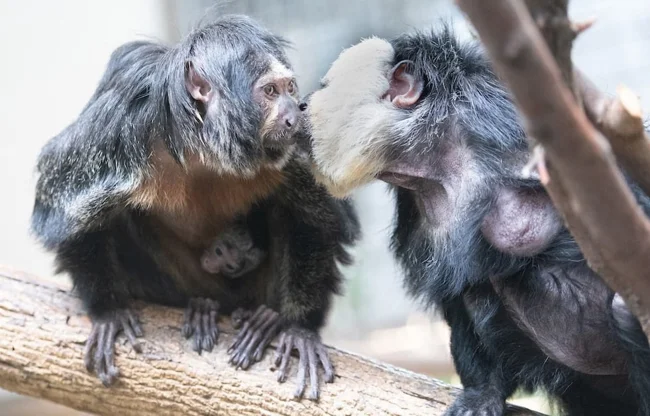
After 4 months of pregnancy, the females give birth to one helpless cub, which clings to its mother with its small paws and rolls around like that for up to 5 months. The cubs grow quickly and learn to be independent, but are in no hurry to leave their mother. They remain in the group for two or three years and help raise new offspring, because the biological father of the family does not even pay alimony.
Adolescence is the most dangerous time, it accounts for the majority of deaths of the species. But as soon as the unfortunate age limit passes, the youth awaits a long life by primate standards. On average, it lasts 15 years, but the oldest individual celebrated its 36th birthday!























